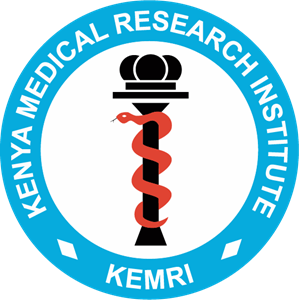
Mapping a Strategic Road Map for the Institute
May 21, 2024
Mind Matters: The Mental Health Month
May 21, 2024High Levels of Carbon Monoxide reported in Nairobi comparable to Rural Homes

Researchers from Kenya Medical Research Institute (KEMRI) and their United Kingdom counterparts from Liverpool School of Tropical Medicine (LSTM), Storkholm Environmental Institute, and the University of Stirling among others have reported high levels of carbon monoxide in Nairobi comparable to Rural Homes in a paper that has just been published in the Environmental Pollution scientific journal.
The study which shines a light on the threat of high levels of Carbon monoxide in Nairobi comparable to Rural Homes has revealed results that show that household air pollution from cooking is the main source of Carbon Monoxide (CO) exposure of school going children in Nairobi.
The study, christened Tupumue, a Kiswahili word meaning ‘let us breathe’ notes that despite most of the urban homes in the two contrasting study areas- an informal and a more affluent settlement of Nairobi, Kenya, using liquid or gas fuels, concentrations of Carbon Monoxide levels were comparable with those previously reported in rural homes that predominantly use more polluting solid fuels such as charcoal and wood.
The non-communicable lung disease in Kenya study sought to determine the burden and early life determinants and air pollution concentrations that were measured for 24 hours in nearly 200 homes in Nairobi.
The multidisciplinary study established that a substantial proportion of homes (nearly 1 in 10) had concentrations that would activate a European-standard Carbon Monoxide alarm, suggesting that there is likely to be a considerable unquantified burden on health from acute carbon monoxide exposure and carbon monoxide poisoning.
Carbon Monoxide is a poisonous gas produced by incomplete combustion of carbon-based fuels burning fuels on poorly ventilated stoves, chronic health effects, particularly in terms of child development, may be occurring because of the carbon monoxide exposures reported here.
The study underscores the urgent need to address household air pollution in urban settings with targeted interventions essential to mitigate Carbon Monoxide exposure and safeguard public health as this study corroborates findings that suggest that ‘cleaner’ fuels do not always generate the desired levels of reduction in household air pollution.
There is a need to better understand carbon monoxide exposures in urban settings and to target interventions, including community education on household air pollution, that reduce exposure from evening cooking activity within the home.

